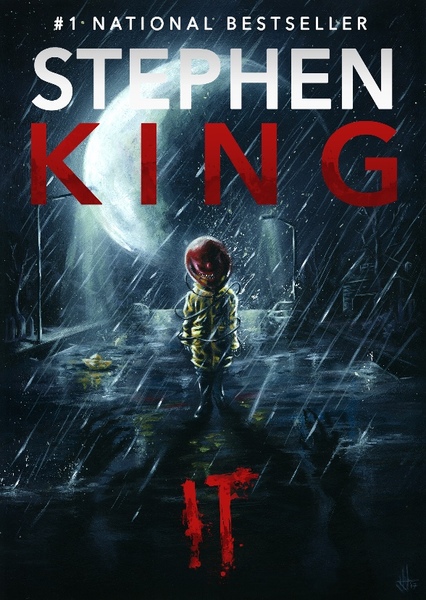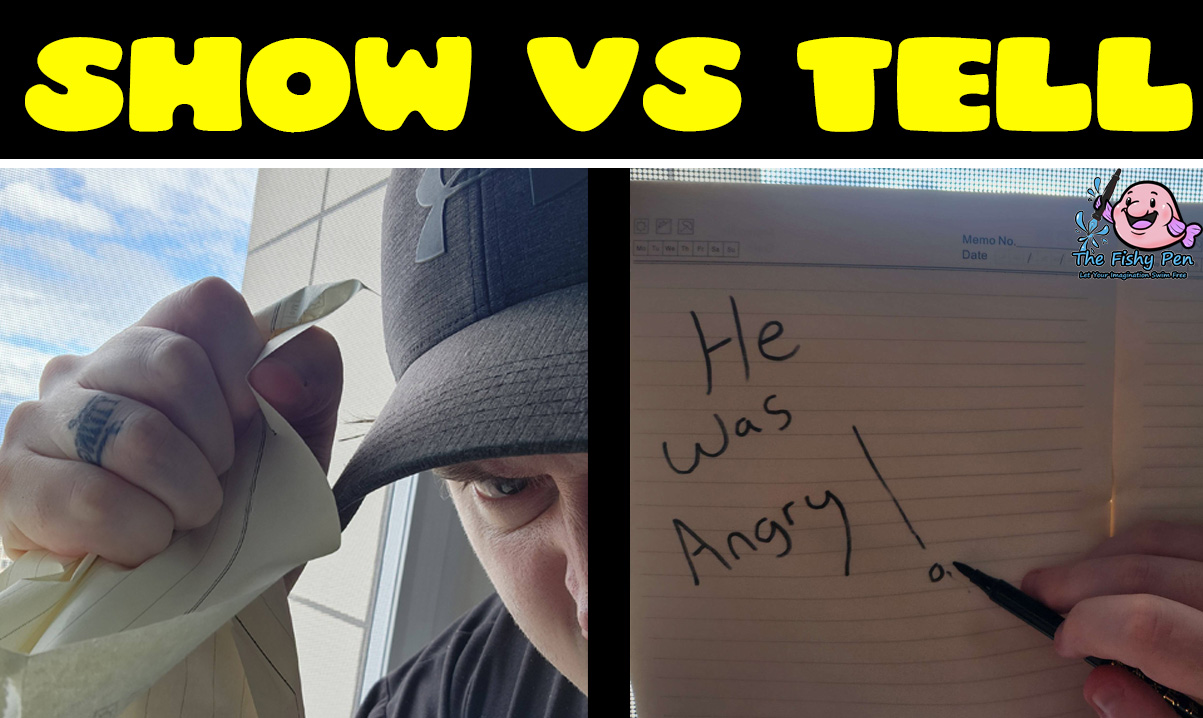If you’re interested in writing at all, you’ve probably heard the phrase, “Show, don’t tell.”
It’s one of the most common pieces of writing advice out there, especially in creative writing. And honestly? It’s solid advice, most of the time.
Showing brings scenes to life, drawing readers into the experience. But what if I told you that telling has its place, too? Sometimes, it’s not just okay to tell; it’s exactly what your story needs.
Let’s break down the golden rule of “show vs tell” in writing and explore why mastering both can take your storytelling to the next level.
- What "Show, Don't Tell" Really Means in Writing
- When Telling is Actually the Right Move in Storytelling
- The Real Secret to Writing: Balance Between Show and Tell
- A Perfect Example of Showing vs Telling: It by Stephen King
- Final Thoughts: Show, Tell, and Keep Your Writing Engaging
What “Show, Don’t Tell” Really Means in Writing
Showing brings your writing to life. It’s action. It’s description. It’s emotion you can see, hear, and feel.
Here’s an example from a project I’m working on:
- Telling: Eve was furious.
- Showing: Eve’s nails dug into her palms. Heat shimmered around her, warping the air like a summer haze.
One makes a statement. The other lets the reader feel it unfold in real time. Good showing pulls the audience into the moment, making them participants instead of observers.
But if you only show? Your story might start to drag. And that is where telling earns its spot.
When Telling is Actually the Right Move in Storytelling
Contrary to what some gatekeepers say, telling isn’t lazy. It’s efficient. It provides clarity when you need to move the plot or hit an emotional beat without over-explaining.
Here’s when telling works:
1. Transitional Moments
Nobody wants a five-page breakdown of walking to the kitchen, unless it matters. Telling lets you jump ahead without losing momentum.
“The following week passed in a blur of tired meals and silent nights.”
2. Backstory & Summary
Dropping a flashback every time your character remembers something? That’s exhausting. Sometimes, a single line tells us more than a whole scene.
“She’d learned long ago that people lie easiest when they smile.”
3. Internal Reflections
Not every emotion needs a slow burn. Sometimes, the bluntness is the emotion.
“He was ashamed. Utterly and completely ashamed.”
4. Narrative Voice
Your narrator is allowed to have a personality. Strategic telling adds flavor.
“Of course, he’d regret this later. But right now? He was too busy being stupid.”
The Real Secret to Writing: Balance Between Show and Tell
You don’t need to pick a side. Show when it counts. Tell when you need to move. Think of it like a camera zoom: showing is your close-up. Telling is your wide shot.
Too much showing = overwritten, heavy, bloated.
Too much telling = flat, emotionless, distant.
The sweet spot = immersive, meaningful, and efficient.
A Perfect Example of Showing vs Telling: It by Stephen King

Stephen King’s It shows us exactly how powerful “showing” can be, especially in horror.
Early on, young Georgie chases his paper boat through the rainy streets. King doesn’t say, “Georgie was scared.” Instead, he writes:
“He heard a deepening roar and saw that fifty yards farther down the hill the water in the gutter was cascading into a stormdrain that was still open. It was a long dark semicircle cut into the curbing, and as George watched, a stripped branch, its bark as dark and glistening as sealskin, shot into the stormdrain’s maw.”
You can feel the tension. You see the danger. That is showing at its best.
But later, after tragedy strikes, King might summarize emotions with a single line like:
“His brother was gone, and something had broken in the family that would never quite be fixed.”
That is telling, and it works because we’ve already lived through the trauma. It delivers a gut-punch without dragging us through more detail. It is the emotional exhale after the storm.
King knows when to show and when to tell. The result is a story that moves, haunts, and sticks with you.
Final Thoughts: Show, Tell, and Keep Your Writing Engaging
If your scene connects, flows, and lands emotionally, who cares if you told or showed?
Let the reader feel. Let the story breathe. And most importantly?
Let your imagination swim free.
Anyway, what do you think about the difference between showing and telling? Please let me know in the comments below, and feel free to share your favorite examples of showing vs. telling.


Leave a Reply